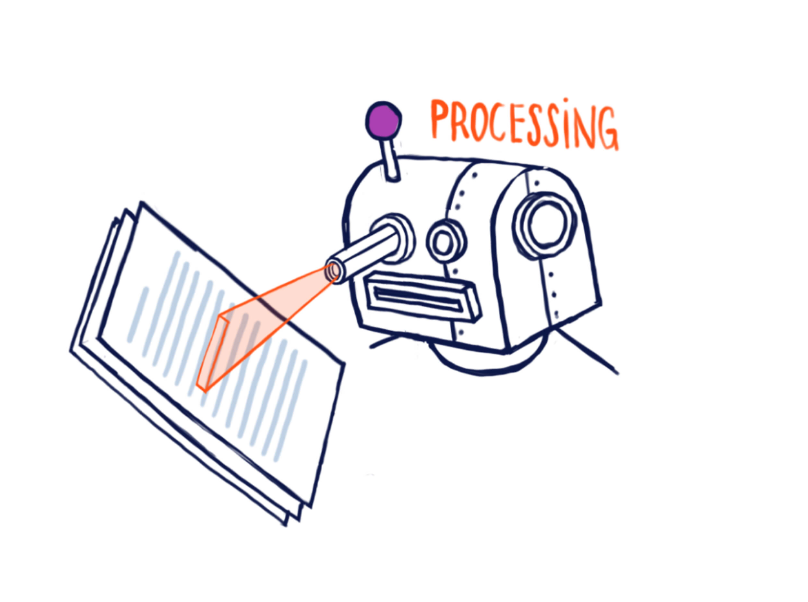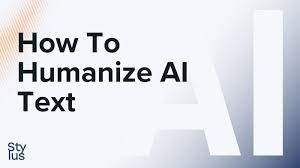Generative AI: Revolutionizing Legal Document Drafting

The legal industry stands on the brink of a transformative era driven by the advent of generative artificial intelligence (AI). This cutting-edge technology, capable of producing content that closely mimics human output, is reshaping legal document drafting. It promises unprecedented levels of efficiency, accuracy, and innovation. This exploration delves into the impact of generative AI on legal document creation, heralding a new chapter in legal practices.
Introduction to AI in Legal Drafting
Legal document drafting, encompassing contracts, agreements, briefs, and memos, is a fundamental yet time-consuming aspect of legal practice. Traditionally requiring extensive human labor, attention to detail, and legal expertise, the drafting process is ripe for innovation. Generative AI emerges as a game-changer, automating and refining this pivotal task and allowing legal professionals to dedicate their expertise to more strategic endeavors.
Mechanisms of Generative AI
This type of AI employs complex algorithms to digest and learn from extensive legal datasets, grasping legal language’s patterns, structures, and intricacies. Through models like Generative Adversarial Networks (GANs) and transformers, it can craft new documents tailored to specific legal contexts, demonstrating remarkable adaptability and precision.
Boosting Efficiency and Productivity
This AI model significantly enhances the efficiency and productivity of legal document drafting. Capable of generating initial drafts in a fraction of the time required by humans, it enables legal professionals to reallocate valuable time to complex tasks such as client consultations and courtroom representation, fundamentally shifting the allocation of resources within legal practices.
Ensuring Accuracy and Consistency
Beyond speeding up document creation, generative AI improves the accuracy and consistency of legal documents. By analyzing vast collections of legal texts, these AI systems ensure adherence to current legal standards and regulations, minimizing human errors and enhancing the reliability of legal documents.
Customization and Scalability
Generative AI’s flexibility allows customization to meet the diverse requirements of various legal domains, from corporate to intellectual property law. Its scalability ensures that legal practices can manage large volumes of document drafting without sacrificing quality, catering to the dynamic needs of the legal industry.
Revolutionizing Legal Research
The impact of this AI model extends to legal research, streamlining the identification and analysis of legal precedents and relevant case law. This capability enriches the content and relevance of legal documents, integrating comprehensive legal insights with unparalleled efficiency.
Enhancing Contract Review and Negotiation
Contract review and negotiation, essential yet labor-intensive aspects of legal work, benefit from AI’s ability to quickly identify key clauses, propose amendments, and predict potential disputes. This streamlines negotiations and fortifies contracts, setting the stage for more effective legal agreements.
Addressing Challenges and Ethical Considerations
The integration of AI into legal document drafting presents challenges, including data privacy, security, and ethical use concerns. Strict governance, ethical guidelines, and continuous oversight are essential to ensure AI-generated documents uphold the highest legal standards.
Collaborative Futures
The trajectory of legal document drafting with this AI model is not aimed at replacing human lawyers but at augmenting their capabilities. Automating routine tasks focuses legal expertise on strategic analysis, client interactions, and other high-level functions, enriching the legal profession and enhancing client services.
Embracing AI in Legal Practices
As the generative model evolves, staying informed about technological advancements and their applications in legal practices is crucial. Legal professionals must consider the implications of AI-assisted drafting, ensuring ethical, accurate, and effective use.
Conclusion
The Generative Artificial Intelligence model transforms legal document drafting, ushering in an era of enhanced efficiency, accuracy, and innovation. As the legal industry navigates this technological evolution, it is critical to balance its potential benefits with its ethical and practical challenges. Embracing AI in legal practices offers a pathway to superior legal services, where technology and human expertise collaborate to achieve optimal legal outcomes. This shift is not merely about automation but elevating legal practices to new standards of excellence and innovation.


